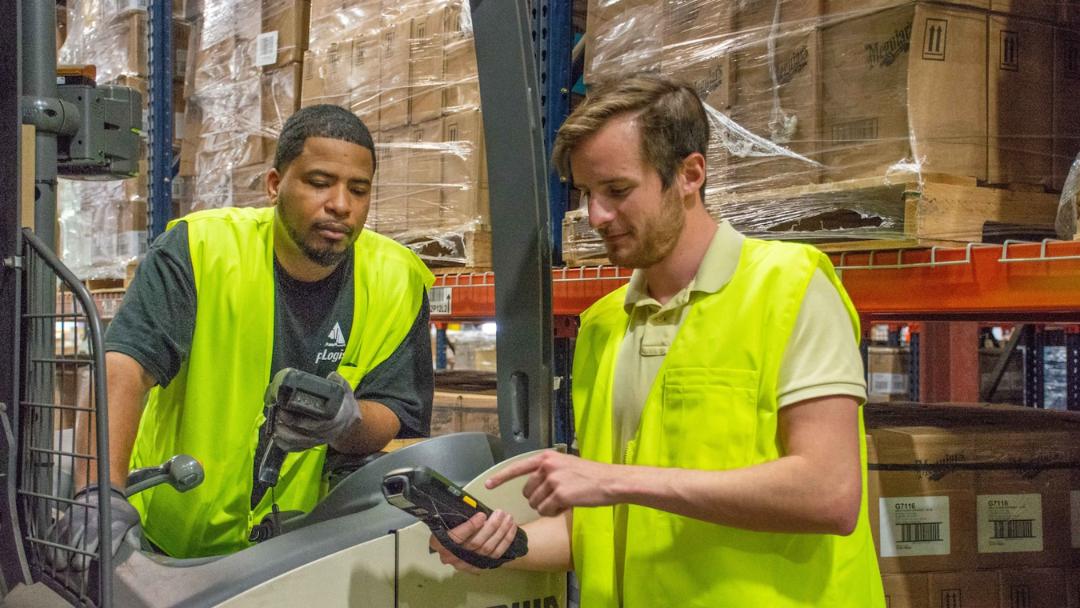The global supply chain may never be the same after the COVID-19 pandemic, but that doesn’t mean your organization can call it quits. Here are nine ways technology can help you overcome supply chain challenges and come out on top:
1) Make data capture a breeze
When data capture is difficult or time-consuming, it’s likely to be inaccurate. That means your warehouse will be operating on partial data to navigate the entire supply chain, which is as good as no data at all. Luckily, modern technology has answers. For example, employees can use their mobile phones to scan and automatically upload information to your main platform, empowering them to capture data without interrupting their tasks.
2) Reduce the risk of human error
Human error is an often-overlooked enemy of supply chain management. Tech tools like automation and artificial intelligence, however, take the pressure off your employees, letting them focus on more complex tasks while machines handle the rest.
3) Raise situational awareness
New technology like wearable sensors helps keep workers safe on the job—which, in turn, keeps the supply chain running smoothly. According to Industrial Safety and Hygiene News, these sensors can do a little bit of everything, from warning employees of incoming forklifts to reducing COVID-19 exposure.
4) Empower employees in new ways
When employees have tech tools at their fingertips, they’re free to get creative with how they solve problems and improve their own efficiency. This empowerment makes each individual worker a huge benefit to your warehouse—and to the supply chain overall.
5) Identify potential issues before they occur
With so many uncertainties plaguing the supply chain, it can be difficult to predict what’s coming next. Luckily, warehouse technology can help you analyze historical data to identify patterns and apply that information to future scenarios, creating a list of “what ifs” you can use to prepare for a number of possibilities.
6) Create reasonable expectations
Technology isn’t a cure-all—not yet, anyway—but it can help mitigate problems by allowing you to set realistic expectations. Knowing where and how to set the bar protects you from asking too much of yourself, your employees and the entire supply chain.
7) Manage multiple stakeholders
Supply chains have lots of people and organizations involved. To keep everyone on the same page, modern warehouse technology allows you to utilize communication tools and platforms that instantly share data across multiple locations.
8) Improve transparency
The supply chain can quickly become complicated. If you don’t know where to look or can’t create a full, comprehensive image of your environment, supply chain management becomes difficult or even impossible. As Harvard Business Review explains, technology can help warehouses “identify their intersection of demand and supply,” creating a clear vision of the truth—which improves accuracy, simplifies decision-making and more.
9) Stay up-to-date at all times
We know what happens when data is inaccurate—but what about when it’s outdated? Working on days-old information is a good way to create supply chain complications or aggravate existing ones. For this reason, it’s smart to use a variety of tech tools—some for immediate data capture, and others for instant data distribution (two sides of the same coin).


